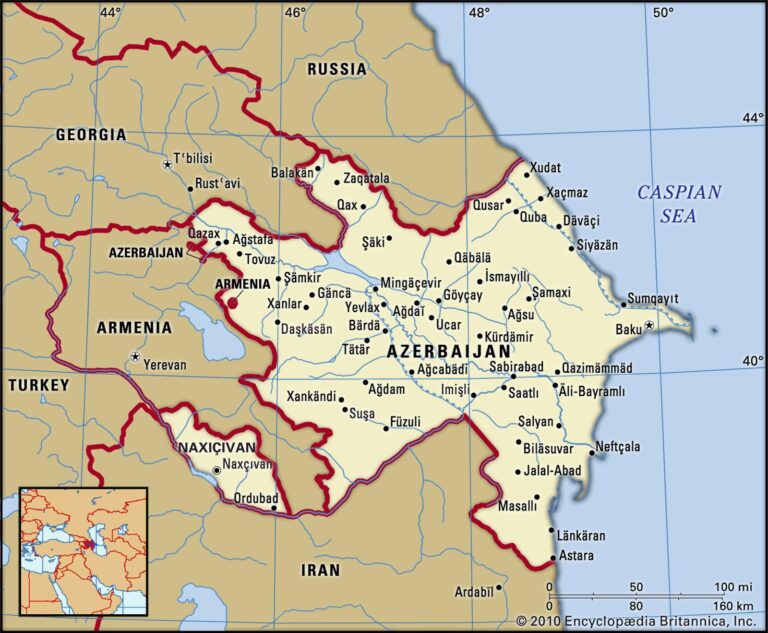Azerbaijan’s Poverty Rate: Progress and Challenges
Azerbaijan has made significant strides in reducing its poverty rate over the past two decades. This progress is evident in the country’s economic development and proactive social policies. However, various challenges remain that require ongoing attention and strategic interventions.
Economic Growth and Poverty Reduction
The transition to a market economy has bolstered Azerbaijan’s GDP, contributing to a decline in poverty levels. A surge in oil and gas revenues has played a crucial role in this economic transformation. Still, reliance on natural resources can make the country vulnerable to external shocks.
Government Initiatives and Social Programs
The Azerbaijani government has implemented various social programs aimed at alleviating poverty. These initiatives include targeted cash transfers and job creation programs, which have successfully supported the most vulnerable populations. Nevertheless, the effectiveness of these programs is often hampered by bureaucratic inefficiencies.
Geographical Disparities in Poverty
Poverty rates in Azerbaijan are not evenly distributed across the country. Rural areas tend to experience higher levels of poverty compared to urban centers, exacerbating existing inequalities. Addressing these disparities is essential for fostering inclusive growth.
Looking Ahead: Continued Challenges
Despite the progress made, challenges persist in fully eradicating poverty in Azerbaijan. Unemployment, particularly among youth and women, remains a critical issue that needs to be addressed. A multifaceted approach that includes education, skill development, and economic diversification is necessary for sustainable progress.
For More Information
For a deeper understanding of Azerbaijan’s poverty rate and the ongoing challenges, visit this informative resource. Through collective efforts and awareness, there is hope for continued improvement in the fight against poverty.

